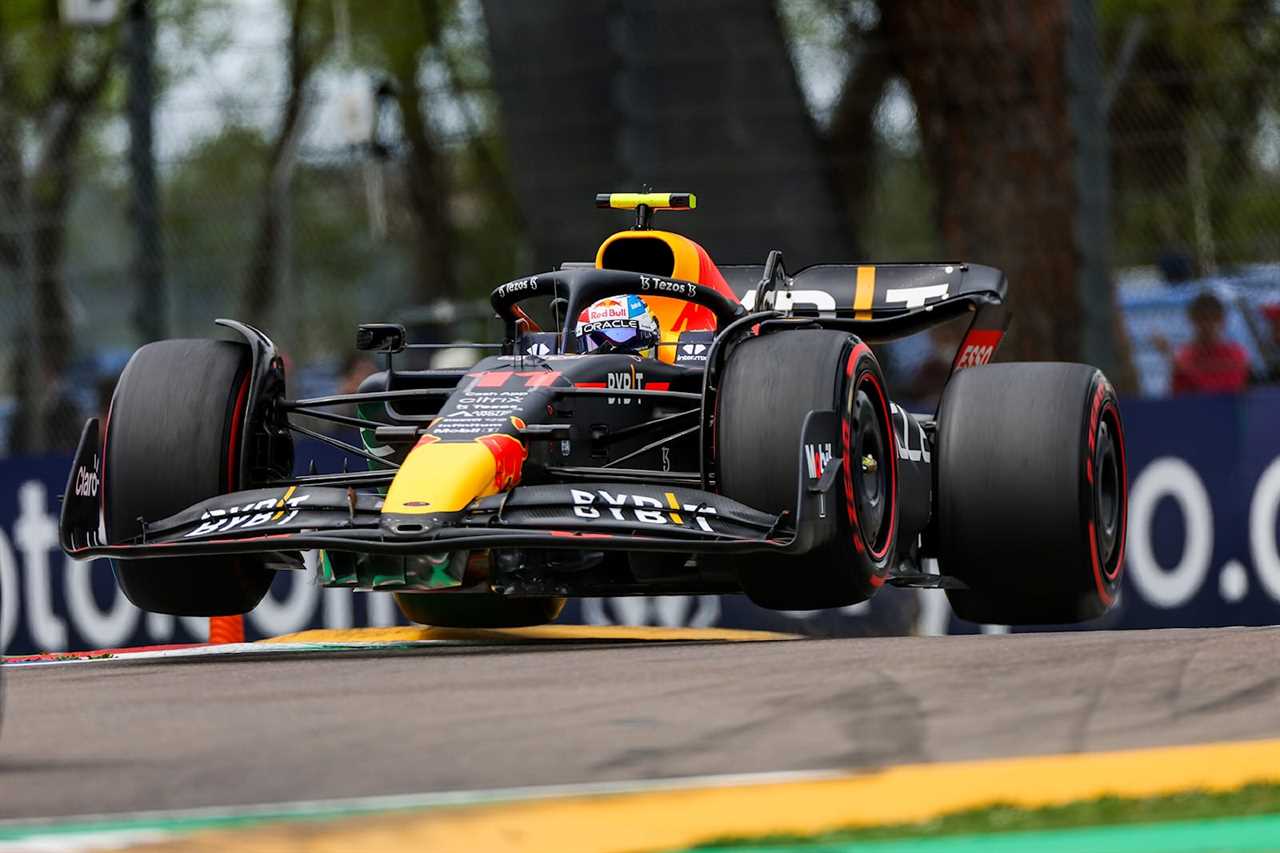
Since saving money is a big issue, a new cost cap is being introduced from January 1, 2023. The FIA wants to promote long-term competitive balance, sporting fairness, and financial stability. This is good news for low-budget teams like Haas and Williams but not so great for mighty teams like Red Bull Racing, Scuderia Ferrari, and Mercedes.
The cost cap has been adjusted to $95 million per year from 2023 to 2025, after which it will increase to $130 million in 2026.
Several activities like marketing, human resources, health and safety costs, and non-PU activities (developing the new powertrains for the 2026 season) are not included under the cost cap, but it does not mention drivers’ salaries explicitly.
As you might know, each driver gets a set allocation of components they may use over a season. If you burn through them like Ferrari has, grid penalties come into play. The 2026 regulations allow for three ICE units, including turbochargers and exhausts. On the ERS side, a driver is allowed two battery packs and two MGU-K systems.






